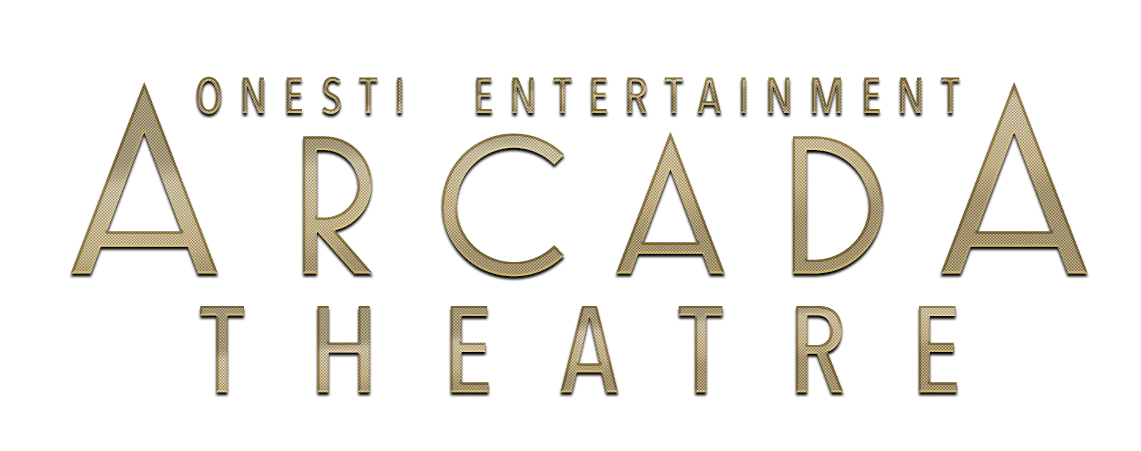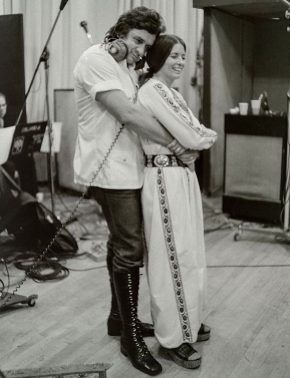So I am in Nashville attending some talent buyer meetings and decided to enjoy the beautiful day with a walk around the downtown entertainment district. I proceeded down 4th Street and happened upon the Holy Grail of country music, the Ryman Auditorium.
The Ryman, originally built as a church and through the years showcasing practically every country music superstar in history, is one of the most respected and treasured buildings in the country.
I have produced shows with some of the biggest names out there, including Toby Keith, Brad Paisley and Billy Ray Cyrus. The young fans just rockin’ it out were fun to watch. As the next generation of country music phenoms emerge, such as Luke Bryan and Zac Brown, filling stadiums with their pop/rock-country presentations, I can’t help but think of the genre’s simple and soulful origins as I sit in the “pews” that hug this blessed stage.
Walking the Ryman’s hallowed halls and onto the stage upon which legendary international icons too numerous to mention have performed upon, is truly a humbling experience. In this intimate shrine just oozing with music memories of thousands of unforgettable and historic performances, it is almost overwhelming to realize how important this building really has been to music history.
In the 1880s, a preacher by the name of Sam Jones was speaking publicly about the evils of alcohol and gambling from a tent in downtown Nashville. His popularity rose to a point where a local industrialist whose principal business was riverboats (where drinking and gambling were prevalent) decided to visit the preacher to “convince” him to change his message. But as Capt. Thomas Ryman attended the service, he was overtaken with emotion and Jones’ ministry. So rather than try to shut him down, Ryman built him a grand facility where he could accommodate the large crowds of Jones’ followers.
The Union Gospel Tabernacle opened on June 1, 1892. Twelve years later, Ryman passed away, and in tribute to his friend, Rev. Jones renamed the church The Ryman Auditorium, and the “Mother Church of Country Music” began its journey to where it is today.
So, as the Ryman gained turn-of-the-century popularity, the biggest names of the day came to Nashville and appeared there. The early years saw presentations by Presidents Roosevelt, Helen Keller, Enrico Caruso, Will Rogers, Kathryn Hepburn, Helen Hayes, Charlie Chaplin and Harry Houdini, just to name a few.
Back in Chicago during the Roaring Twenties, George D. Hay, a former Memphis newspaper reporter, started a very popular barn dance show on WLS radio that began to catch fire around the country. Around the same time, the National Life and Accident Insurance Co. in Nashville built a radio station as a public service to the local community and with the hope that this new medium could be used to advertise insurance policies. The station’s call letters, WSM, stood for the company’s motto: “We Shield Millions.” After going on the air, National Life hired Hay as WSM’s first program director.
At 8 p.m. on Nov. 28, 1925, Hay launched, along with championship fiddler, Uncle Jimmy Thompson, what would become the WSM Barn Dance. The Barn Dance show would air immediately after a one-hour live opera show. Hay would begin his on-air show by saying, “You have been listening to the Grand Opera, now it’s time to listen to the Grand Ole Opry,” playing on the southern “twang” the music came from. The show was renamed the Grand Ole Opry in 1927.
The popularity of the radio show led to throngs of fans wanting to attend the broadcasts. On June 5, 1943, the Opry moved out of the studio and into the Ryman, which redefined the auditorium’s focus. The concept took off like a rocket and has not waned since.
Hank Williams, Elvis, Patsy Cline (whose biggest hit “Crazy” was written by a young up-and-coming songwriter by the name of Willie Nelson) … they all performed there. Even the mandolin, banjo, guitar, bass and fiddle makeup of what was to be named bluegrass music was born on the Ryman stage in 1945.
In 1969, Johnny Cash (who met his future wife June Carter backstage at the Ryman) debuted his television show from the Ryman Auditorium. Not only did he feature the top performers in country music, but he also showcased guests from all corners of the music world, including Bob Dylan, Eric Clapton, Stevie Wonder and the Who.
After floods and renovations, the Ryman Auditorium has been masterfully restored to its original splendor, still with that old-country charm. The seats are not individual chairs, they are the original pews from the 1800s Tabernacle design. Even the stained glass windows remain as a testimonial to the building’s religious origin.
The Ryman has kicked-off and fostered so many iconic careers and has arguably been the single most important contribution to country music in history as we know it. Even though Nashville remains as the epicenter of country music, I wonder where country music would be today had it not been for that little barn dance show on Chicago radio?

